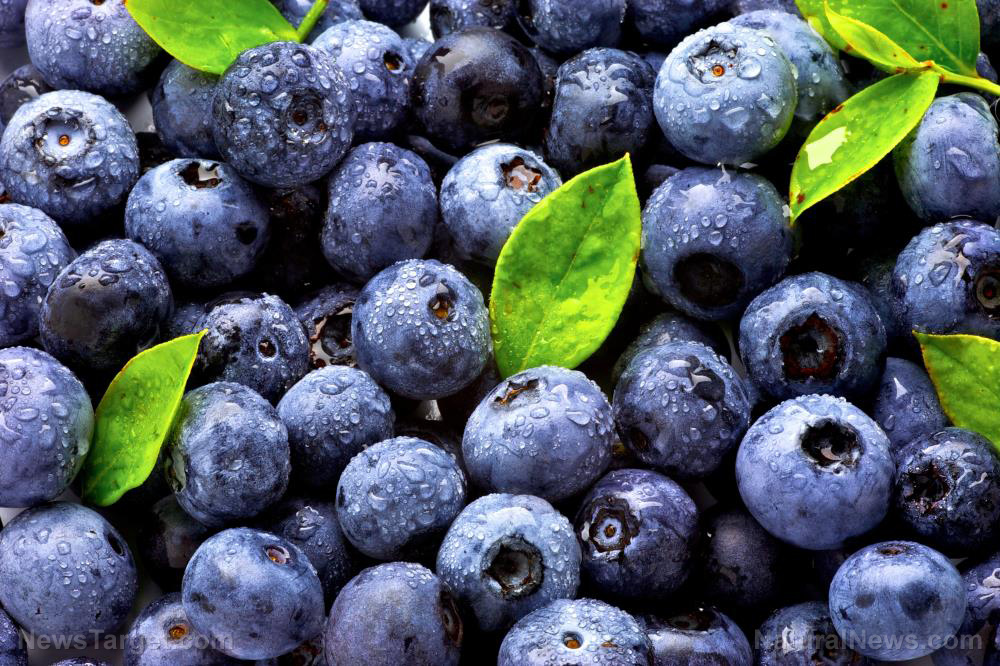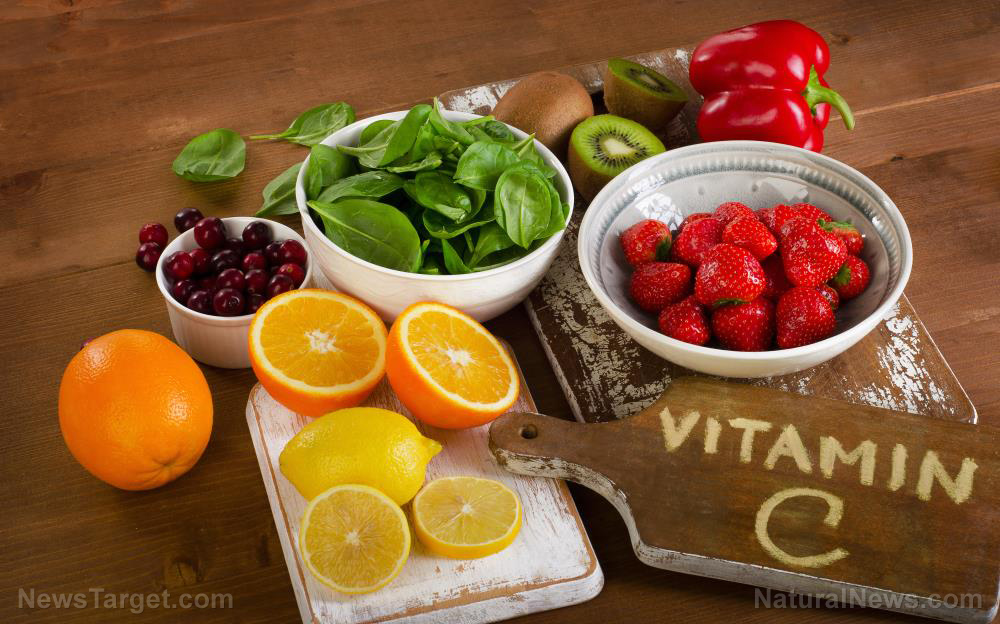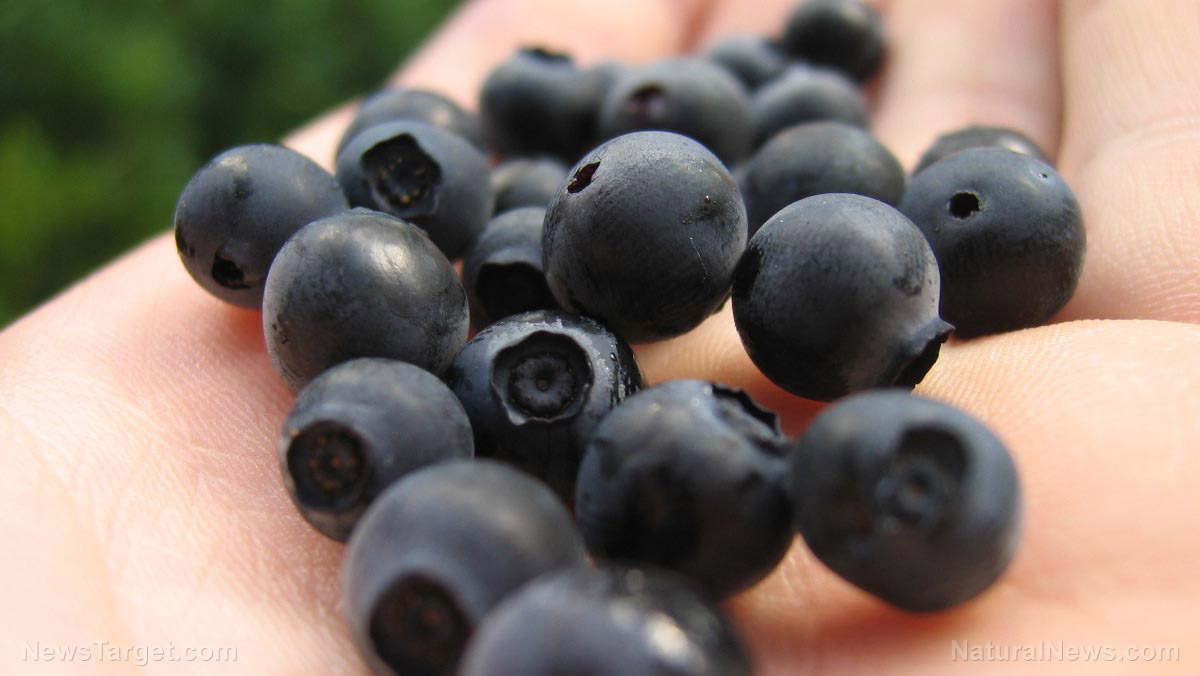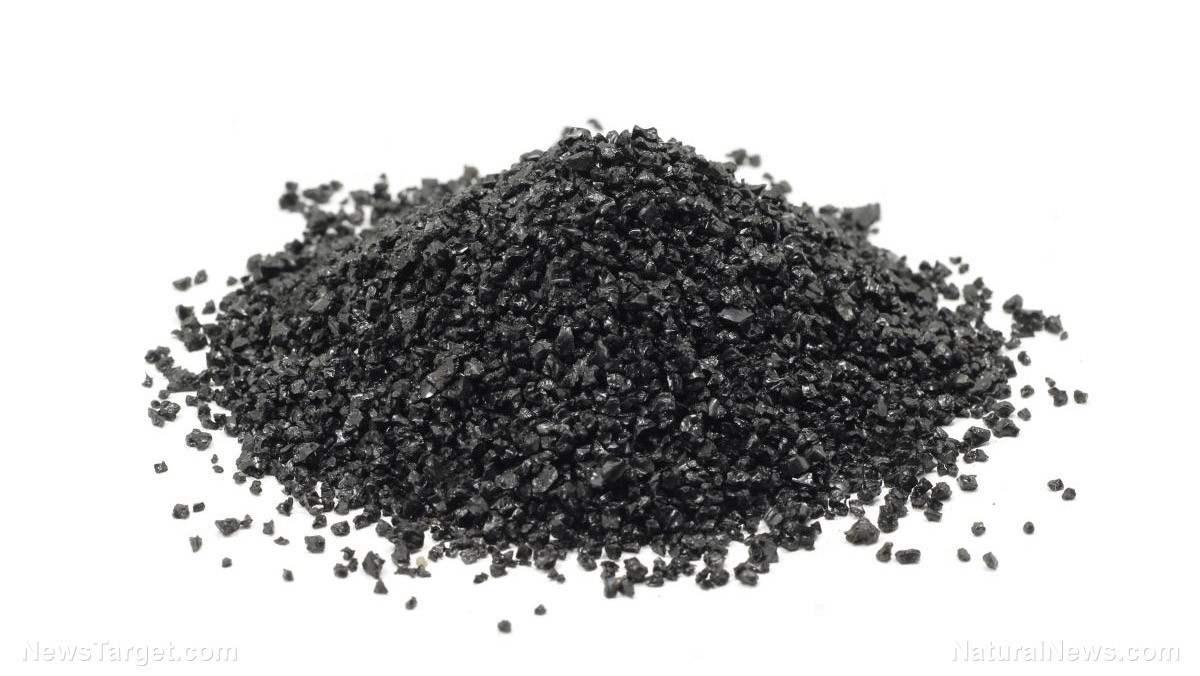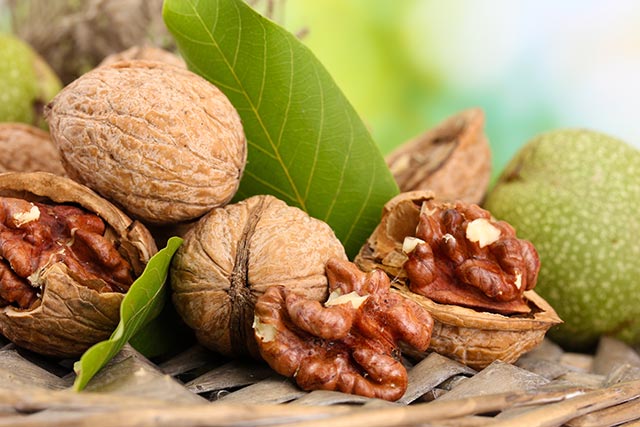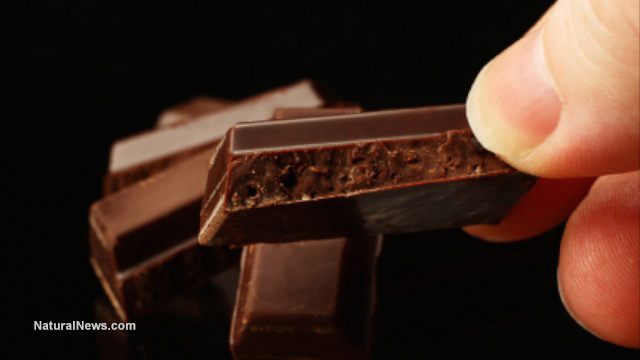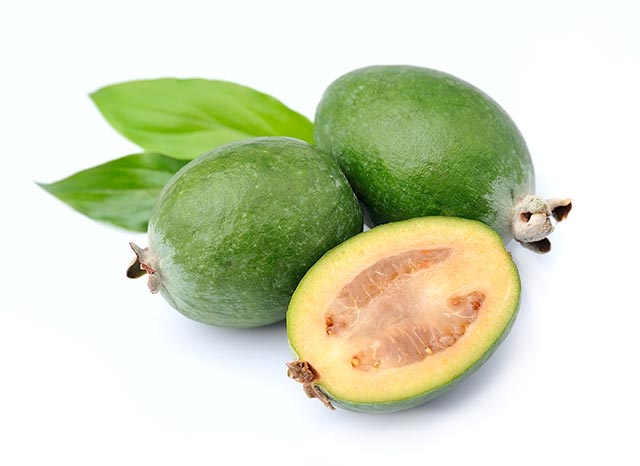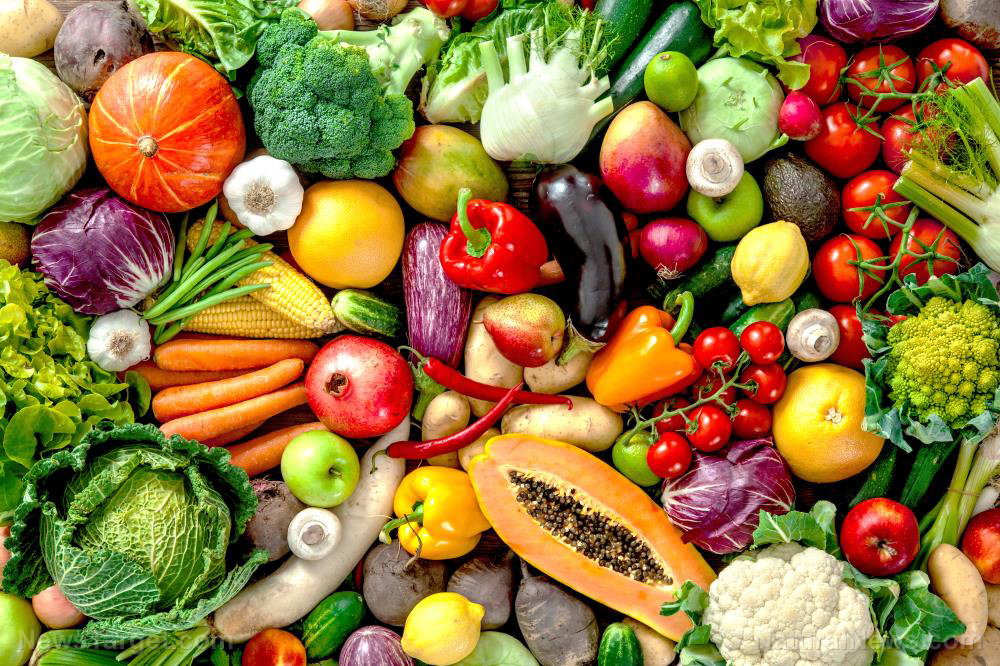Commonly discarded food items that are actually good for you
09/28/2018 / By Isabelle Z.
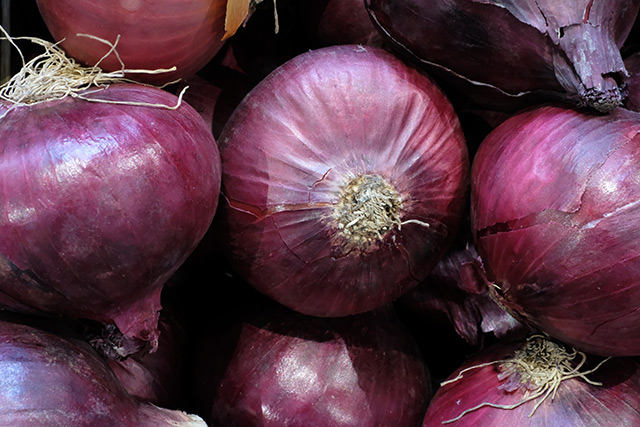
If you think your diet is already as healthy as possible, you might want to take a look in your garbage can. That’s because many of us routinely throw away some parts of fruits and vegetables that are packed with nutrients. Before you start prepping your dinner, take a look at these commonly discarded food items that you should be eating instead of tossing to maximize your health.
Pineapple
Cutting up pineapple can be quite a task. After successfully cutting away the tough skin, you still have to cut the fruit away from the core. However, if you’re throwing the core away instead of using it, you’re missing out on a very good source of bromelain. This protein-digesting enzyme naturally helps your digestion, and it can be particularly useful after you’ve consumed a lot of meat. It is anti-inflammatory and can help with tissue and tendon repair, which is why it’s recommended for those with arthritis, sports injuries and knee pain. You can eat the pineapple core on its own if you’re serious about getting more bromelain, or try chopping it up into small pieces and mixing it with other fruits to create a fruit salad.
Spring onions
When you’re cooking with spring onions, many recipes call for you to use only the white bulb. If you’re like most people, you probably toss the ends, and this is a big mistake. That’s because the green part of the vegetable is rich in the B vitamin folate, which can give you a significant energy boost. In fact, if you eat the entire spring onion, you’ll be ingesting 54 µg of folate; if you stick to the bulb, you’ll only get 17 µg. In addition, the green part has beta-carotene, which the bulb lacks.
Kiwi
If you’re peeling your kiwis before you eat them, you’re doing it all wrong. Not only is kiwi skin perfectly edible, but eating the fruit with the skin intact raises its folate and vitamin E content by as much as one third. Both of these nutrients help boost your immunity against infections and illnesses, while folate also helps fight fatigue. Consuming the skin also gives you an extra dose of fiber. If you’re having trouble with the kiwi skin’s fuzzy texture, look for the golden-skinned varieties.
Onions
You might leave the onion skins on when you’re roasting a chicken, but few people would dream of actually eating them. While scarfing down the papery skins raw is not recommended, adding them to your stock can enhance not only its flavor but also its nutrient content. That’s because onion skin is rich in quercetin, and experts say that boiling does not destroy it. In fact, it will leach into your stock so you can get all its benefits. Onion skins have 48 times the amount of quercetin as the middle of the vegetable, helping with inflammation and hypertension.
Strawberries
For most people, the green leafy tops of strawberries are a great place to hold on to as you bite off the juicy fruit, but these leaves are full of antioxidants, with one study showing that their levels compare to grape juice and white wine and are just slightly lower than those of green tea and red wine. Antioxidants help protect against free radical damage that can lead to heart disease and cancer. In particular, they contain high amounts of the antioxidants known as ellagitannins, which are known for boosting vascular health. Take six or seven strawberry tops and steep them in a mug of hot water and then drink the resultant tea to get the benefits.
Of course, when you’re eating any part of fruits and vegetables, you want to make sure that you’re going for the organic variety. Consuming the pesticide residues often found on non-organic produce isn’t going to do your health any favors!
Sources for this article include:
Tagged Under: antioxidants, Bromelain, Ellagitannins, food is medicine, Kiwis, nutrients, nutrition, onions, pineapples, quercetin, spring onions, Strawberries


